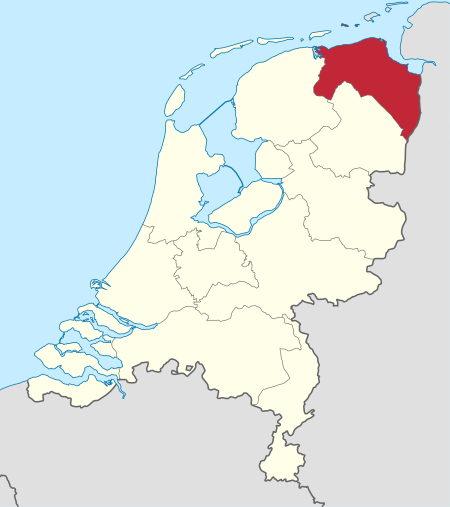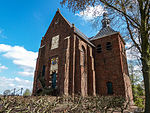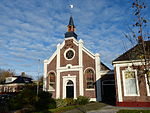Groningen (province)

Groningen (Dutch pronunciation: [ˈɣroːnɪŋə(n)] ; Gronings: Grunn; West Frisian: Grinslân) is the northeasternmost province of the Netherlands. It borders on Friesland to the west, Drenthe to the south, the German state of Lower Saxony to the east, and the Wadden Sea to the north. As of February 2020, Groningen had a population of 586,309 and a total area of 2,960 km2 (1,140 sq mi). Historically the area was at different times part of Frisia, the Frankish Empire, the Holy Roman Empire, and the Dutch Republic, the precursor state of the modern Netherlands. In the 14th century, the city of Groningen became a member of the Hanseatic League. The provincial capital and the largest city in the province is the city of Groningen (231,299 inhabitants). Since 2016, René Paas has been the King's Commissioner in the province. A coalition of GroenLinks, the Labour Party, ChristianUnion, People's Party for Freedom and Democracy, Democrats 66, and Christian Democratic Appeal forms the executive branch. The province is divided into 10 municipalities. The land is mainly used for agriculture. There are seaports in Delfzijl and Eemshaven. The Groningen gas field, one of the world's largest, was discovered in 1959. The province is home to the University of Groningen and Hanze University of Applied Sciences.
Excerpt from the Wikipedia article Groningen (province) (License: CC BY-SA 3.0, Authors, Images).Groningen (province)
Luddeweersterweg, Lageland
Geographical coordinates (GPS) Address Nearby Places Show on map
Geographical coordinates (GPS)
| Latitude | Longitude |
|---|---|
| N 53.25 ° | E 6.7333333333333 ° |
Address
Luddeweersterweg
Luddeweersterweg
9624 PB Lageland
Groningen, Netherlands
Open on Google Maps










